What colors make you think of Morocco? I asked my community on Instagram to share with me the colors of Morocco in art. This means that if I created an abstract artwork with only colors representing Morocco, it would instantly give away the main subject of your artwork.
Colors of Morocco in art, depending on the replies I received (mostly from Moroccans)

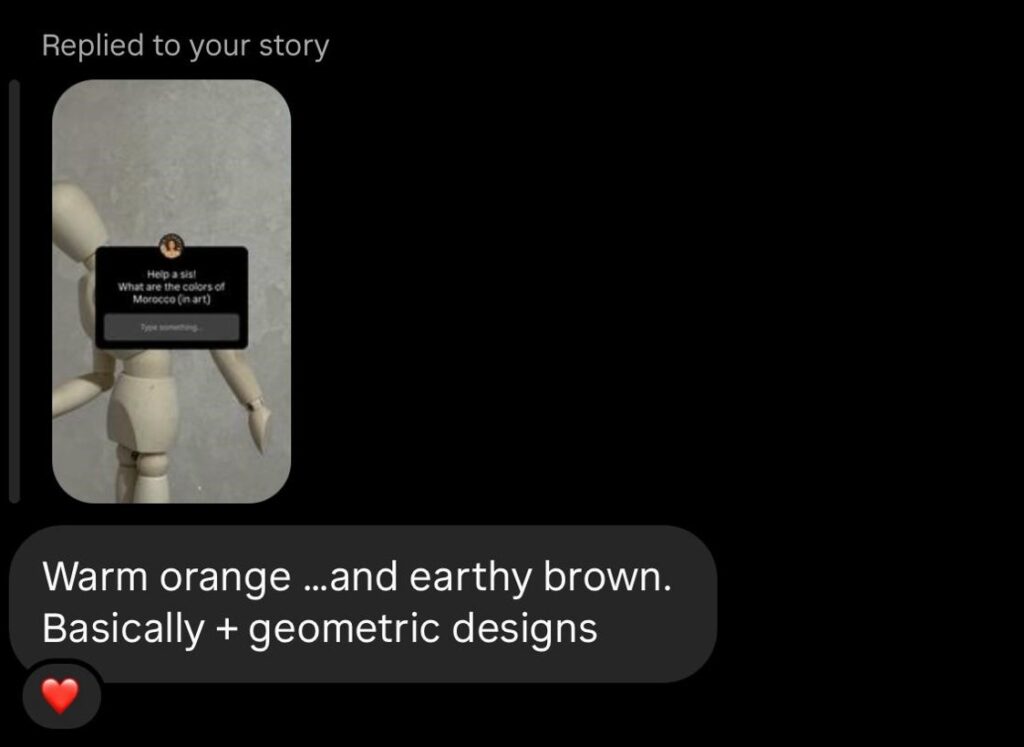



The majority of the replies were:
- Red
- Neutral and earthy tones (mainly ochre, orange, brown, white and black)
- Yellow
- Blue
- Green
- Gold
- Pinks and purples
Palettes that I think represent Morocco
I was born and raised in Tetouan, Morocco. My city is painted white with accents of green. The overall weather is mainly foggy and gray. However, there is a lot of nature around, so to me, the dominant colors are white, green, and gray.
But Morocco isn’t known for Tetouan. Morocco is known for Marrakech, Chefchaouen, Fes, and Moroccan Sahara. And these are the places that mainly influence what we think of the colors of Morocco in art.
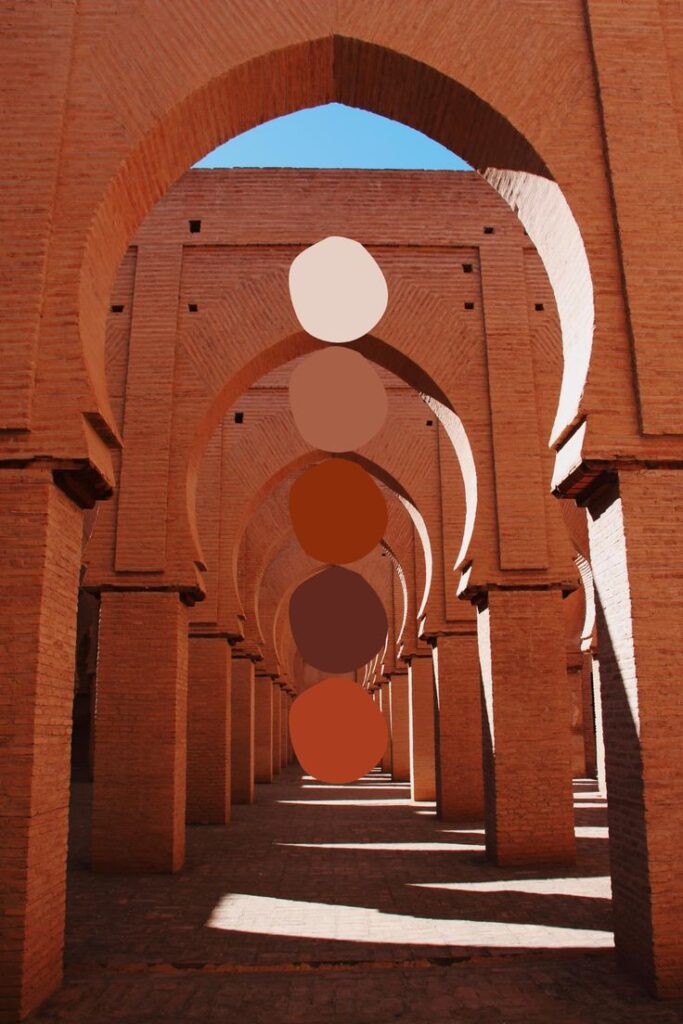

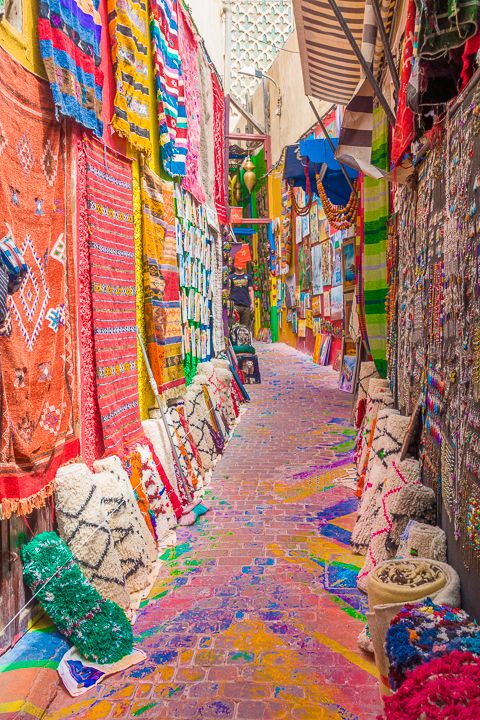
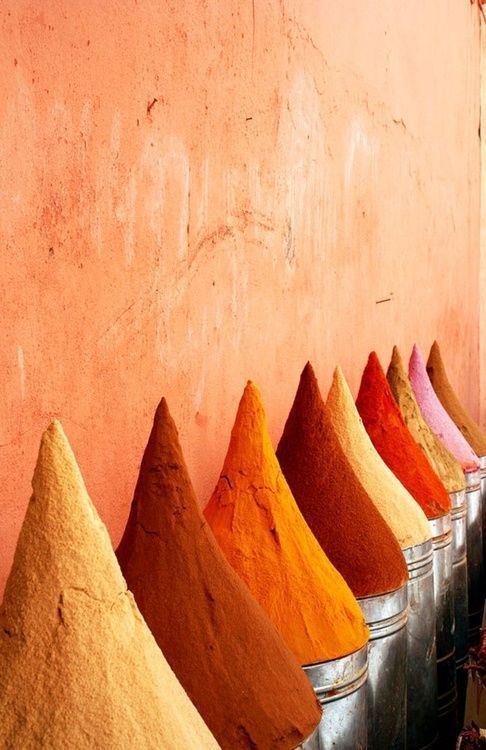
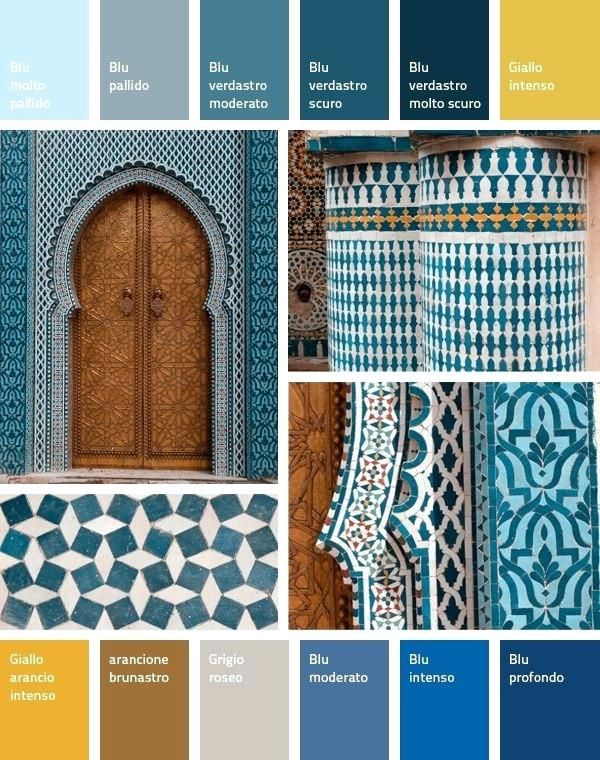
But let’s analyze actual artworks with Morocco as the subject
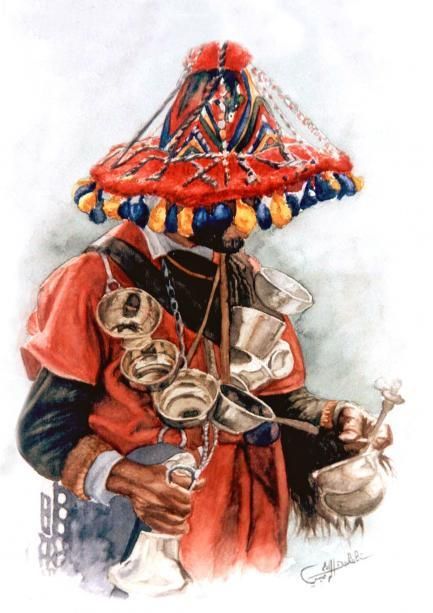
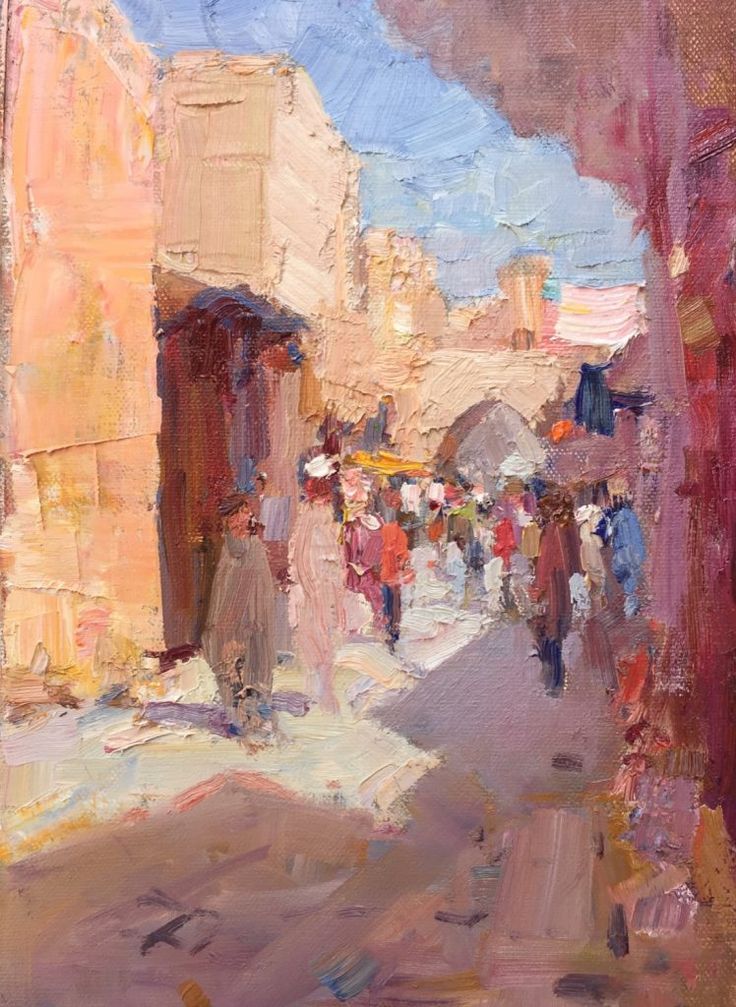
I can personally notice that artworks depicting Morocco as a subject often showcase a vibrant palette that reflects the country’s rich cultural tapestry and diverse landscapes. Here’s my analysis based on common themes and color usage in different Moroccan-inspired artworks.
Desert Landscapes
Paintings or photographs capturing Morocco’s vast deserts, such as the Sahara, often feature earthy tones like ochre, terracotta, and sandy beige. These colors evoke the arid beauty of the desert landscape, with occasional splashes of vibrant hues representing desert flora or nomadic tents.
Medinas and Architecture
Artworks depicting Moroccan medinas (old cities) and architectural marvels like the intricate tile work of mosques and palaces showcase a kaleidoscope of colors. Rich blues, vibrant greens, deep reds, and dazzling yellows are often used to embellish the intricate patterns adorning buildings and interiors.
Market Scenes
Paintings or illustrations capturing the bustling atmosphere of Moroccan souks (markets) are characterized by a riot of colors. Spice stalls with piles of vivid saffron, paprika, and turmeric contrast with vibrant textiles and pottery in shades of azure, emerald, and crimson.
Amazigh Culture
Artworks celebrating Morocco’s indigenous Amazigh culture often incorporate earthy tones like rust, sienna, and burnt orange, reflecting the rugged landscapes of the Atlas Mountains and the traditional attire of Amazigh communities. Bright accents of indigo and crimson may symbolize Amazigh textiles and jewelry.
Coastal Scenes
Paintings depicting Morocco’s coastal regions, such as Essaouira or Tangier, often feature a harmonious blend of cool blues and greens, representing the shimmering waters of the Atlantic Ocean and the azure skies above. Warm tones like sandy beige and sunlit gold evoke the sun-drenched beaches and whitewashed buildings along the coast.
Ceremonial Festivities
Artworks capturing Moroccan festivals and ceremonies, such as traditional weddings or religious processions, may incorporate a vibrant array of colors symbolizing joy, celebration, and cultural heritage. Rich jewel tones like royal purple, deep maroon, and shimmering gold adorn ceremonial attire and decorative banners.
Fantasy and Mythology
Some contemporary artworks inspired by Moroccan culture may explore fantastical themes and mythological narratives, drawing upon the country’s rich folklore and mystical traditions. These artworks may feature surreal landscapes and dreamlike compositions rendered in a surreal palette of ethereal blues, mystical purples, and enchanted greens.
Conclusion
Overall, artworks inspired by Morocco often celebrate the country’s vibrant colors, intricate patterns, and diverse cultural heritage, inviting viewers on a visual journey through its storied landscapes and timeless traditions.
Enjoy creating <3



